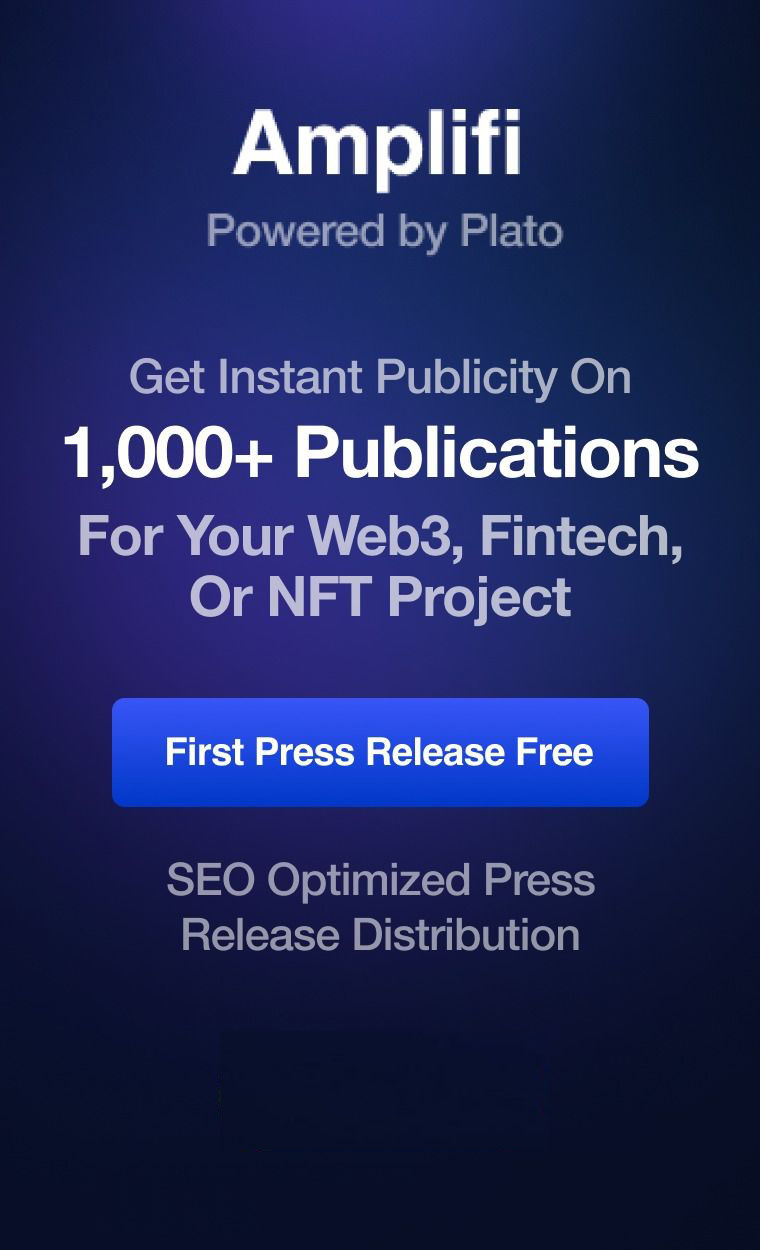
After five years of virtual performances, the company is pivoting away from music and art.
When Wave launched in 2016, it served as this incredible VR platform that brought people together through virtual entertainment. It merged VR with music to create these over-the-top VR performances impossible to re-produce in the real-world. It even caught the attention of Grammy winning artists such as The Weekend and John Legend, who both performed in VR via the music-focused social platform.
In June of 2020, Wave announced it had raised $30 million in series B funding. Towards the end of 2020, Rolling Stone wrote a story stating that Justin Bieber, The Weekend, and J Balvin were in talks to potentially invest in the company. Wave CEO Adam Arrigo was also listed on Rolling Stone’s Future 25 list.
Image Credit: TheWaveXR
Things looked incredibly bright and exciting for the “interstellar music festival.”
Now, 15 days into 2021, Arrigo tweeted out a press release stating that the company will be shutting down Wave on the Steam and the Oculus Store in order to protect the future of the company. So, what changed?
Not seeing the VR adoption they were initially hoping for, the company pivoted away from immersive tech in 2018 in favor of gaming and live-streamed events because, according to Arrigo, “the VR industry didn’t develop as quickly as we’d hoped.” To his point, VR headsets still aren’t a household an item, even with more affordable all-in-one headsets like the Oculus Quest 2 now widely available to consumers.
Lindsey Stirling live performance // Image Credit: TheWaveXR
To make things more difficult, Wave built all of their user tools via Google Poly, which will soon be shutting down. Even with its superstar backers and $30 million fundraising, the company isn’t in a position to “spend the resources to build a new backend pipeline.”
Talking with VRScout, Social VR Researcher Michael Zhang said, “TheWaveXR served as the role model of what social VR concerts could be,” Zhang adds, “Their recent pivot is a harsh reminder of the difficulty of scaling social VR apps. I wish the team the best of luck!”
Twitter also reacted to the news of Wave shutting down their VR App with people around the world chiming in.
Wow sorry to hear this news but I’m sure it will be greater later
— Fokis 3.0 (@Fokeezy) January 15, 2021
I hope to see you guys return in 5 years or so. The day we can have live artists wearing headsets at home and using consumer cameras for their mocap, with spatial audio, and better visuals, is the day this becomes a serious space.
— DarthBuzzard (@DarthBuzzard) January 15, 2021
my favorite app on VR I am absolute crushed reading this Thank you for the awesome times and wonderful community. I have met some talented people there that have inspired my career in 3D art so much. With that said, I cannot wait to see what you guys bring in the future
— smashotakustv (@VickyBooo) January 15, 2021
This is the app that got me into VR. Still my favorite app. It’s sad to read this but I wish you guys the best of luck. Thank you for the good times.
— Edgar Lopez (@EdgarJLopezXR) January 15, 2021
In a tweet from Lucas Rizzotto, he points out that the company focused more on established stars rather than focusing on the community; instead of empowering users, they were empowering the industry. Rizzotto goes on in another tweet saying, “It went from being this crazy, forward-thinking social platform to a studio big companies hire to do a cool livestream every now and then.”
While this news marks a significant loss of for the immersive industry, it doesn’t mean VR is dead or it’s not a hit. It just may take a little longer before people and industries can figure out the best way to use it.
So what is next for Wave? Are they abandoning VR shows for good? Arrigo says, “VR shows will come to a pause,” and says they hope to someday be able to revisit this and bring it back in an even more evolved form.
Obviously the company plans on moving forward in some shape or form. They are still a startup with funds and Arrigo seemed very optimistic about the companies next chapter.
Image Credit: TheWaveXR
The post Wave VR Concerts Put On Pause appeared first on VRScout.
Source: https://vrarnews.com/details/wave-vr-concerts-put-on-pause-600491ed9d8fae23235d4e12?s=rss



